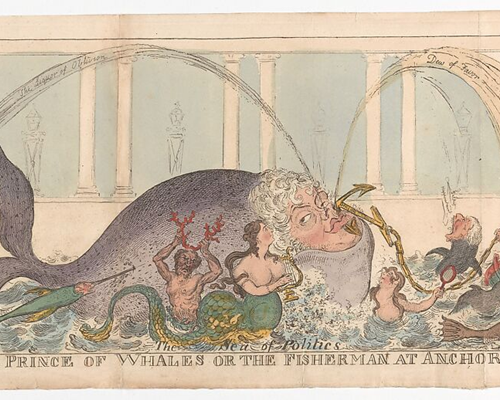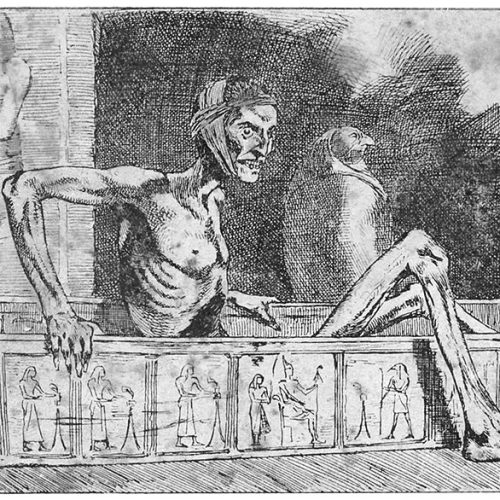Text by Maria Szafrańska-Chmielarz

Vampires have been a part of culture for a long time. Greek, Slav, Asian, they have taken many forms and appeared in countless works, be it literature, cinema, comic books, TV series or computer games. Count Dracula, Carmilla, Lord Ruthven and many others are recognizable to almost everyone, having been part of the mainstream for a long time, their different versions populating fantasy, horror, romance and even comedic narratives.
Aware of the long tradition of vampirism in literature, Kim Newman, the author of Anno Dracula (1992) uses the premise of Bram Stoker’s Dracula (1897) to create a dystopian vision of London, overrun with vampires and ruled by the tyrannical Vlad Tepes, Queen Victoria’s lawful husband. Though the novel features many notable names from the vampire lore, like the aforementioned Dracula, Lord Ruthven, or Count Yorga, and makes them interact with historical figures, such as Oscar Wilde or Bram Stoker’s wife, Florence, it is Victoria’s portrayal that interested me the most while reading the novel.
Kim Newman’s Victoria is a vampire like her husband – she regains her youth and becomes an immortal queen, which corresponds to her long reign in history, but also introduces a fascinating problem for the protagonists of the novel, which is the question of Victoria’s agency. With vampirism spreading out of control, both amidst the lower and the upper classes, bringing with it illnesses and madness (Jack the Ripper murdering vampire prostitutes), the heroes have to ask themselves a question: is the Queen responsible? Charles Beauregard, an agent of the Diogenes Club (one of Sherlock Holmes references, of course) is a loyal subject of the British Empire who wants to believe that the Queen is just in Dracula’s thrall, enslaved and powerless – setting her free is what will save the country from vampires and the decay they bring.
However, throughout the story, this belief is subtly contested. Though no one accuses Victoria openly, the fact remains that the Queen not only invited a monstrous Prince Consort to rule with her, she also made her subjects believe that vampirism was welcomed and even desired. She is accessory to crime at best and a willing, if naïve participant at worst. What is more, she is part and parcel of the Royal Couple façade Dracula uses to keep the subjects loyal – by expressing her worry about the Ripper murders and by sending notes asking to hasten his capture, Victoria plays the part of a fretful mother, complimented by Dracula’s father of the nation routine. This image is what keeps the Empire from falling apart, that stops people from openly fighting back and in this regard, Victoria is responsible for her people’s suffering – only her death can finally set her kingdom free, the crown passing to her human son. This ending can be seen as not only good triumphing over evil, but also as a commentary on Victorian era itself – with the death of the Queen the country can move on and evolve, but the changes her rule brought with it are rather irrevocable, both in the novel and in reality.


